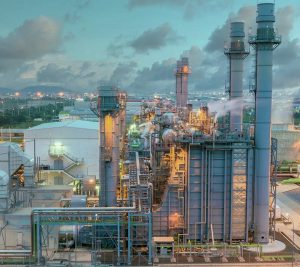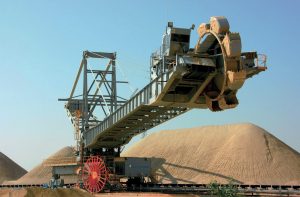
Foundation stone laid for new acid plant
Jordan’s Prime Minister Jaafar Hassan laid the foundation stone for the second phase of Jordan Phosphate Mines (JPMC) new sulphuric and phosphoric acid plants at Al-Shidiya in a ceremony in mid-February. The Phase II expansion aims to increase the sulphuric acid plant's production capacity from 2,200 t/d to 4,450 t/d (1.5 million t/a). The phase will generate an additional 20 MW of energy per hour, with the potential to export 9 MW. The project will also boost the production capacity of the phosphoric acid plant from 900 t/d to 1,600 t/d (equivalent to 550,000 t/a P2 O5 ). Construction is expected to be completed, and operations begun by September of this year. With the expansion of the industrial complex in Aqaba and future projects involving potash and partnerships in the phosphoric acid industry, JPMC plans to increase its local consumption to 70%, while reducing external exports by 30%.




